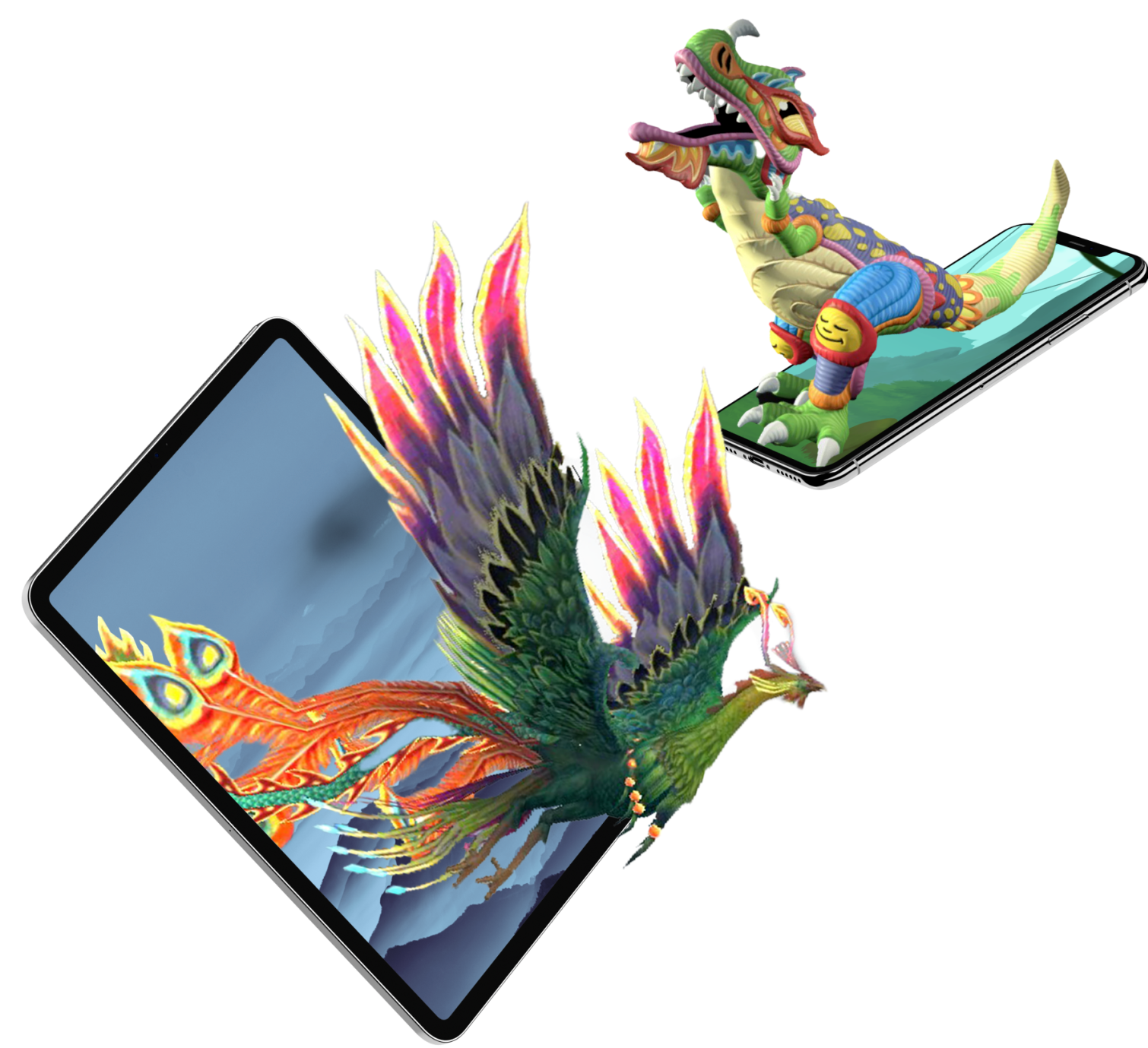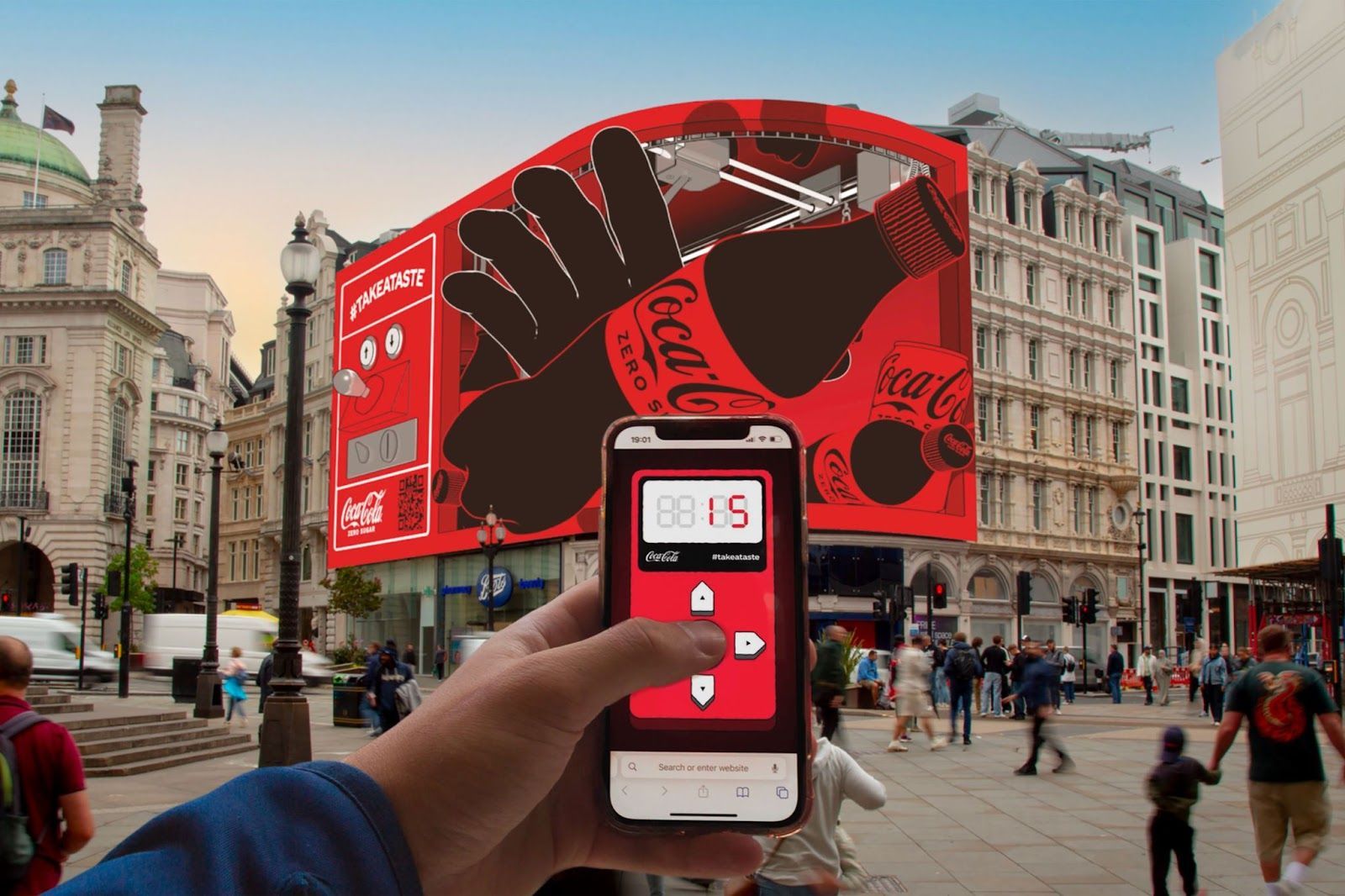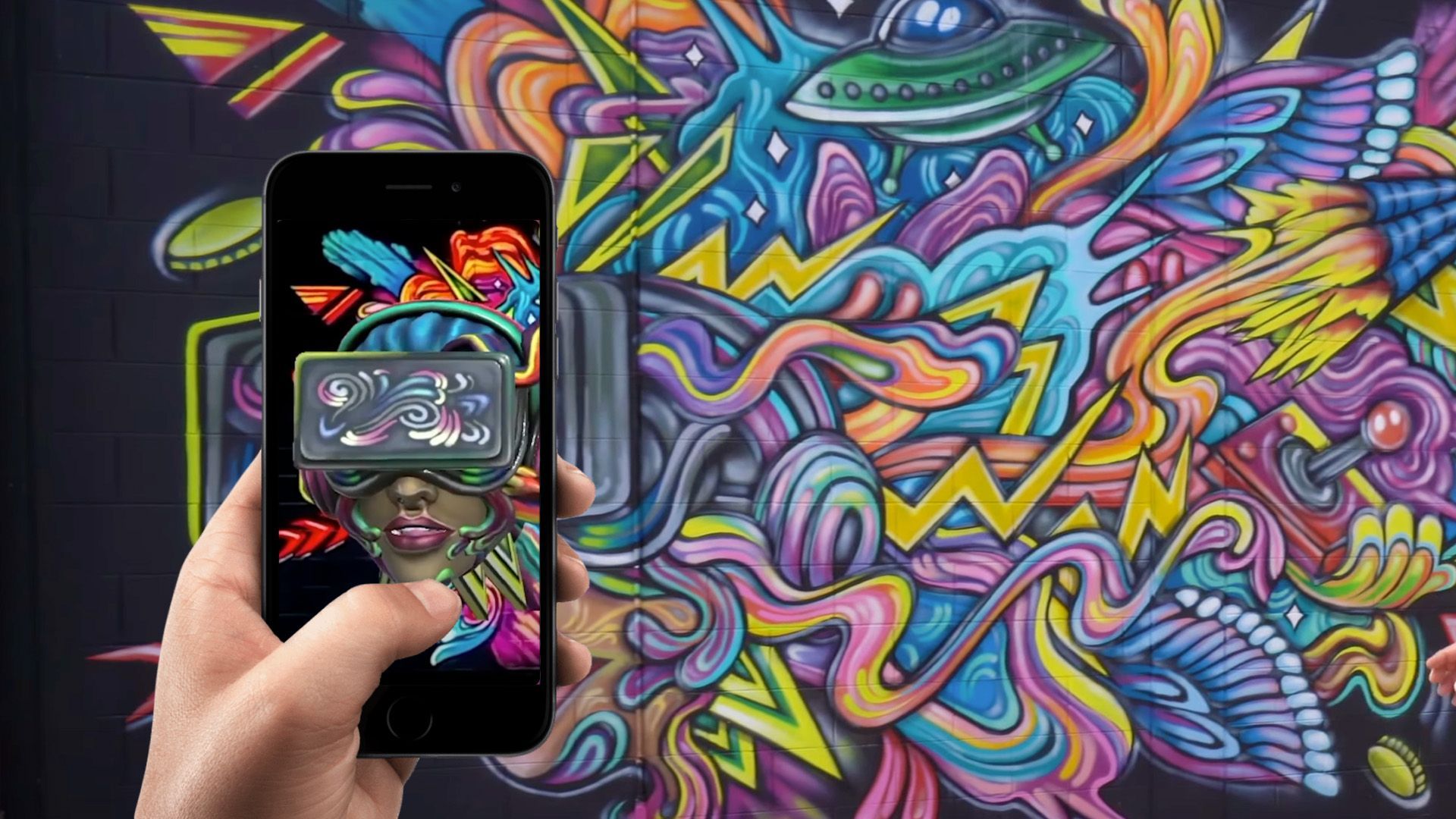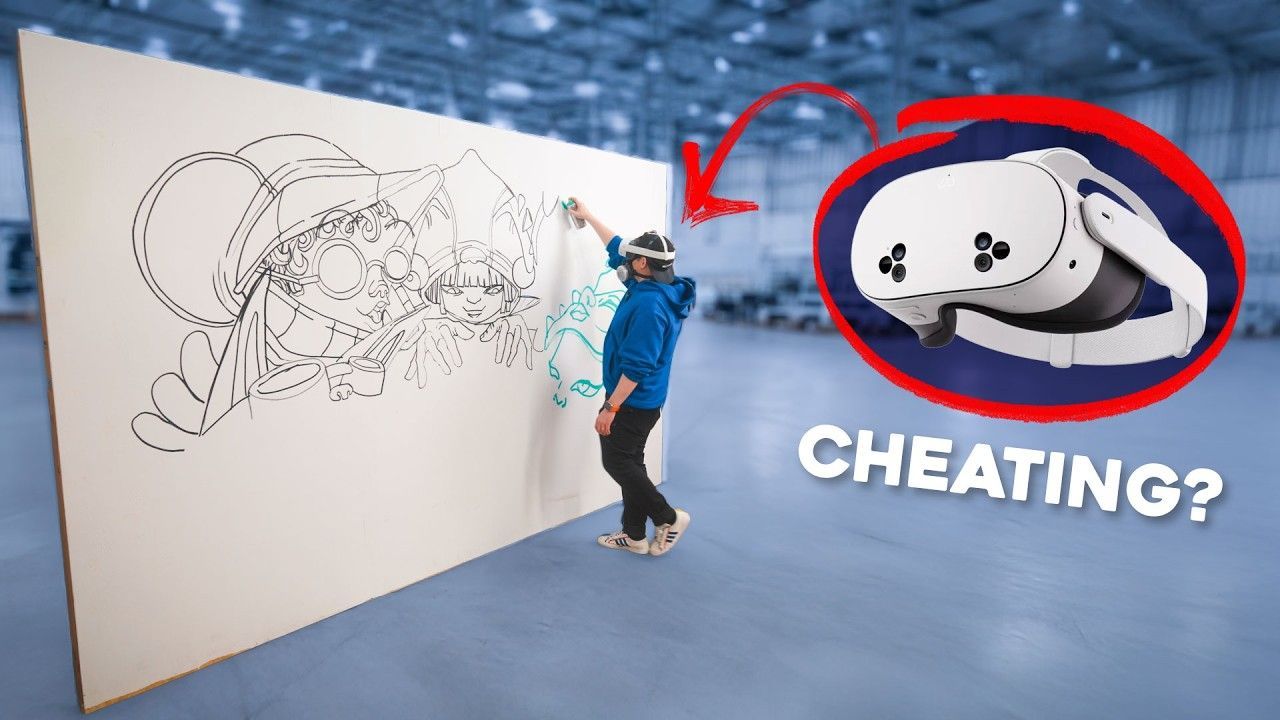How to Guide for Product Configuration on Shopify
Introduction to Augmented Reality in E-commerce
Gone are the days when online shopping was limited to browsing images and reading product descriptions. With the rise of Augmented Reality (AR) technology, customers can now visualize and interact with products in a more realistic manner. In this article, we'll guide you through the process of implementing AR product configuration on your Shopify store and show you how to provide a unique and immersive shopping experience for your customers.
Advantages of Augmented Reality in E-commerce
AR brings a new dimension to online shopping by allowing customers to visualize products in their environment. This helps them make informed decisions, leading to higher conversion rates and reduced return rates. Moreover, AR enhances customer engagement, setting your Shopify store apart from the competition.
Choosing the Right AR Plugin for Shopify
Before diving into the world of AR, it's essential to choose the right plugin that meets your needs and is compatible with your Shopify store. There are several options available, such as AR Quick Look, AR.js, and Shopify's own AR app. Each comes with its unique features and benefits, so make sure to research and select the best fit for your store.
Setting Up Augmented Reality on Your Shopify Store
Once you've chosen the right AR plugin, it's time to set up AR on your store. This process involves creating 3D models for your products, implementing the AR plugin, and optimizing the AR experience for your customers.
Creating 3D Models for Your Products
High-quality 3D models are crucial for an engaging AR experience. You can either create them in-house, hire a professional 3D artist, or use an automated 3D modeling solution. Ensure that the models are detailed, accurate, and optimized for mobile devices to offer a seamless AR experience.
Implementing AR Quick Look
AR Quick Look is an iOS-based solution that allows users to view 3D models in their environment using Safari. To integrate it into your Shopify store, you'll need to upload your 3D models in USDZ format, add the necessary meta tags, and configure the product page to display the AR Quick Look button.
Integrating AR.js
AR.js is an open-source library that enables AR experiences on both iOS and Android devices. Integrating AR.js into your Shopify store requires modifying your theme's code and adding the necessary scripts and markers. Make sure to test the functionality on various devices and browsers to ensure a smooth user experience.
Using Shopify AR App
Shopify's native AR app provides a seamless integration with your store. To use it, simply upload 3D models in GLB format and configure the app settings. The app automatically generates AR buttons on your product pages, allowing customers to view the products in their environment.
Optimizing AR Experiences for Your Customers
To maximize the impact of AR on your store, it's essential to provide a user-friendly experience. This includes designing intuitive interfaces, ensuring fast load times, and providing clear instructions for using the AR feature.
Designing User-Friendly Interfaces
Make sure that your AR interface is easy to understand and navigate. Use clear, concise labels for buttons, and ensure that the AR functionality is easily accessible from the product page.
Ensuring Fast Load Times
As 3D models can be resource-intensive, it's crucial to optimize them for fast loading times. Use techniques such as model compression and texture optimization to reduce the file size without sacrificing visual quality.
Providing Clear Instructions
Not all customers may be familiar with AR technology. Include a brief tutorial or a set of instructions on how to use the AR feature on your store. This will ensure that customers can easily access and enjoy the AR experience.
Promoting Your AR Features
With AR up and running on your Shopify store, it's time to promote it to your target audience. Effective marketing strategies include social media promotion and email campaigns.
Social Media
Leverage platforms like Facebook, Instagram, and Twitter to showcase your AR capabilities. Share engaging content that demonstrates the benefits of using AR and encourages users to try it on your store. You can also collaborate with influencers or use paid advertising to reach a larger audience.
Email Campaigns
Send personalized emails to your subscribers, highlighting the AR features on your store. Include compelling visuals and CTAs to encourage customers to explore and interact with your products using AR.
Measuring the Success of Your AR Implementation
To gauge the effectiveness of your AR implementation, track relevant metrics and analyze customer feedback.
Tracking Metrics
Monitor key performance indicators (KPIs), such as conversion rates, average order value, and time spent on product pages. Compare these metrics before and after the implementation of AR to determine its impact on your store's performance.
Analyzing Customer Feedback
Collect and analyze customer reviews, comments, and direct messages to gain insights into their experience with your AR features. Use this feedback to make improvements and enhance the overall AR experience.
Conclusion
Implementing Augmented Reality on your Shopify store can provide a game-changing shopping experience for your customers. By choosing the right plugin, setting up AR features, optimizing user experience, promoting your AR capabilities, and measuring success, you can make the most of this innovative technology and stay ahead of the competition.
FAQs
Is AR suitable for all types of products?
While AR works well for many product categories, such as furniture, clothing, and accessories, it may not be as effective for others. Evaluate the potential benefits for your specific products before implementing AR.
How much does it cost to implement AR on a Shopify store?
The cost of implementing AR depends on the plugin you choose, the complexity of the 3D models, and any additional marketing expenses. Some plugins may have a one-time fee or subscription-based pricing, while creating 3D models could range from affordable automated solutions to more expensive professional services.
Can AR improve my store's SEO?
While AR may not directly impact SEO, it can indirectly contribute by increasing sales conversions, user engagement, dwell time, and social shares, which are factors that search engines consider when ranking websites.
Is AR compatible with all devices and browsers?
Compatibility depends on the AR plugin you choose. Some solutions, like AR Quick Look, are iOS-specific, while others, like AR.js, work on both iOS and Android devices. Always test your AR implementation on various devices and browsers to ensure a smooth experience for all users.
Can I customize the AR experience for my Shopify store?
Yes, you can customize the AR experience by modifying the design, layout, and functionality of the AR interface to match your store's branding and cater to your target audience. This might involve tweaking the plugin's settings or modifying your store's theme code.
TALK TO A PRO
We're here to bring your brand to life!
Stay Connected with BrandXR
Create Augmented Reality for Free!
Create, Publish, and Measure 3D Augmented Reality Experiences Without Having to Code.














